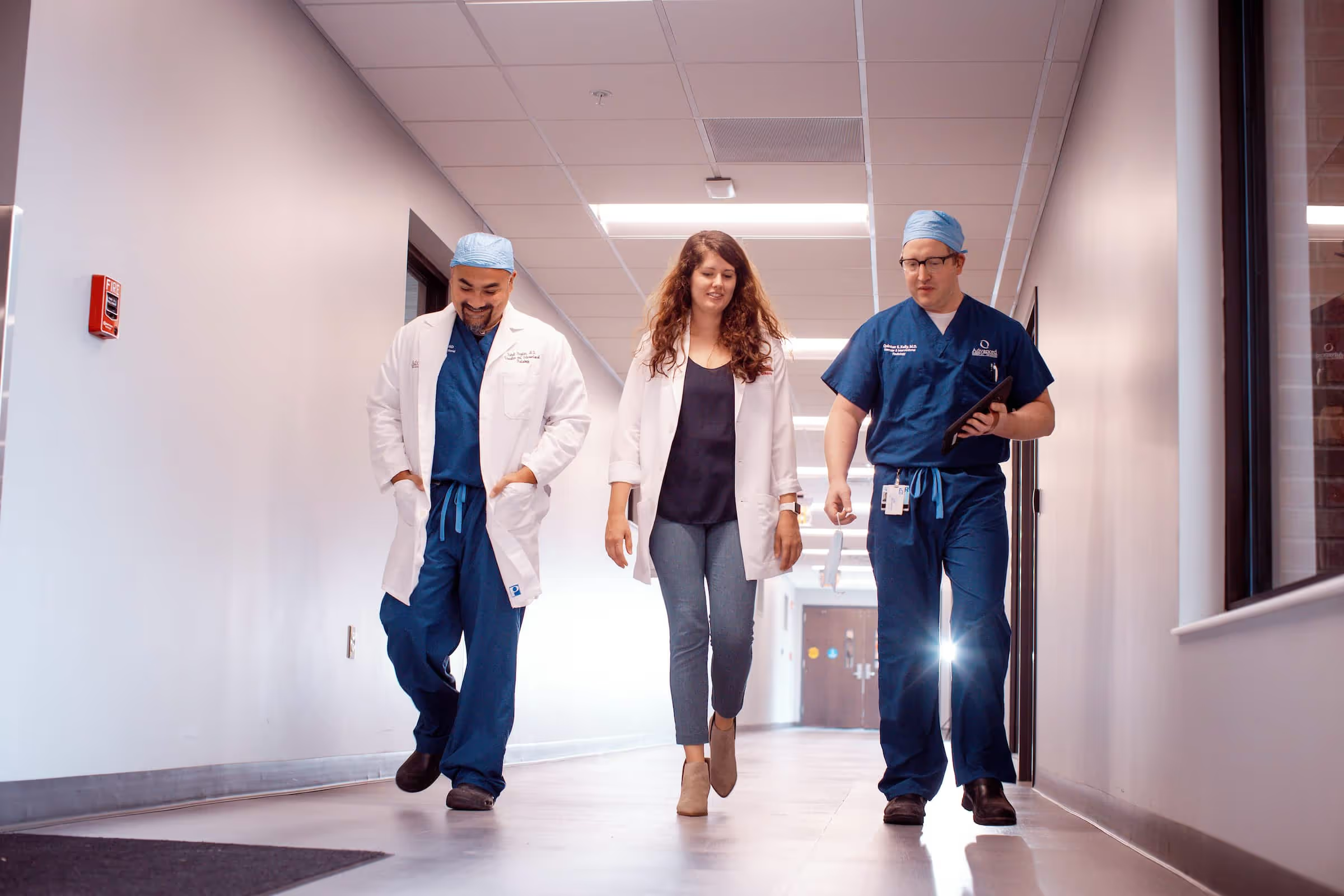View all the services that Advanced Medical Imaging has to offer across all of our amazing departments

Tenex Health TX is ground breaking, minimally invasive procedure available to treat tendon disease. Tenex Health TX was developed in collaboration with the Mayo Clinic as a one-time treatment for pain. Unlike other treatment options such as ice, injections or medication, this procedure stimulates healing by removing the scar tissue that causes pain, rather than just masking symptoms.
Medically known as Percutaneous Tenotomy or Percutaneous Fasciotomy, the procedure using Tenex Health TX technology combines sophisticated ultrasound imaging to pinpoint damaged tendon tissue along with the advanced TX MicroTip, which precisely breaks down and extracts the damaged tissue that causes tendon pain. When the damaged tissue is removed and there is increased blood flow, the body stimulates a healing response. This allows patients to return more quickly to their normal daily routine than with a traditional open surgery.
Tenex can be used to treat tendon pain in the elbow, knee, ankle, or foot (plantar fasciitis). Tendon pain may feel like burning, cutting, or stabbing in the joints. If pain is relatively new, tendon pain is generally referred to as tendonitis. After being treated conservatively for three months or more, tendon pain is actually considered to be Chronic Tendon Disease. It is caused by repetitive motions creating micro tears that require a higher level of intervention. Tendonitis is a short-term inflammation of a tendon that causes pain, while Chronic Tendon Disease is a persistent condition characterized by degeneration of tendon tissue without inflammation.
Patients should first schedule a Tenex consultation with one of Advanced Medical Imaging’s interventional radiologists. Physician referrals are not required to receive a consultation. If a patient is considering traditional open surgery, they should first receive a Tenex consult. While surgery is still an option if for some reason a Tenex procedure is not able to resolve all the issues, Tenex is not always able to repair complications from an extensive surgery.
A local anesthetic will be used to numb the area, which might cause you to feel a bee-sting-like prick. You should not feel any pain or otherwise after the anesthetic.
Most patients can drive themselves home after Tenex. There are no stitches, minimal downtown, and nearly instant pain relief. Individual results vary, but generally for at least two weeks after the procedure, patients should not perform any weight bearing exercise or activities. You will be in awalking boot for a period of time after the procedure. In most cases, patients are back to normal activities within a few weeks and are completely healed in six to eight weeks. That is about four times faster than traditional open surgery.

Our Board Certified Interventional Radiologists have a wide-variety of subspecialties and ensure patients receive the best care.
